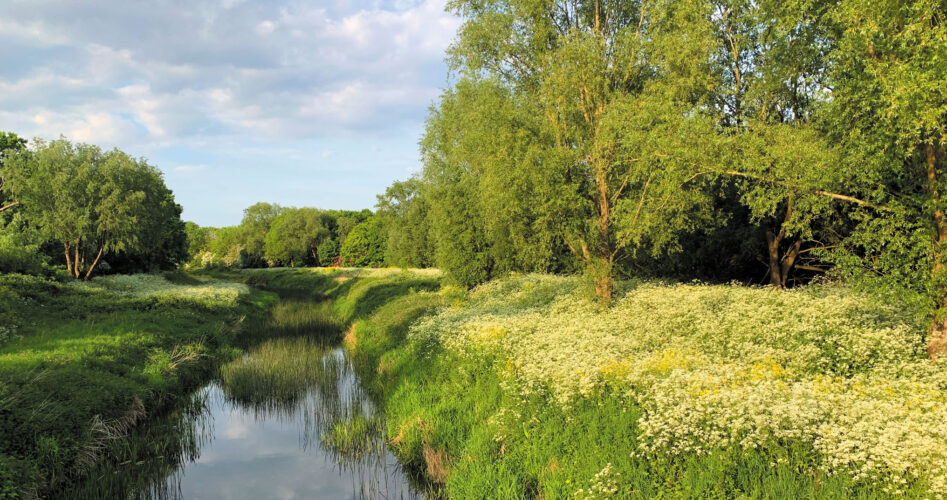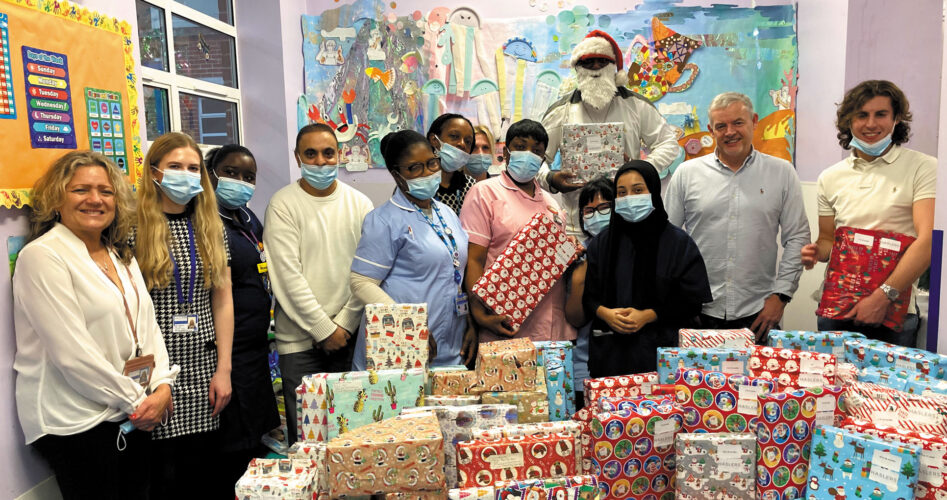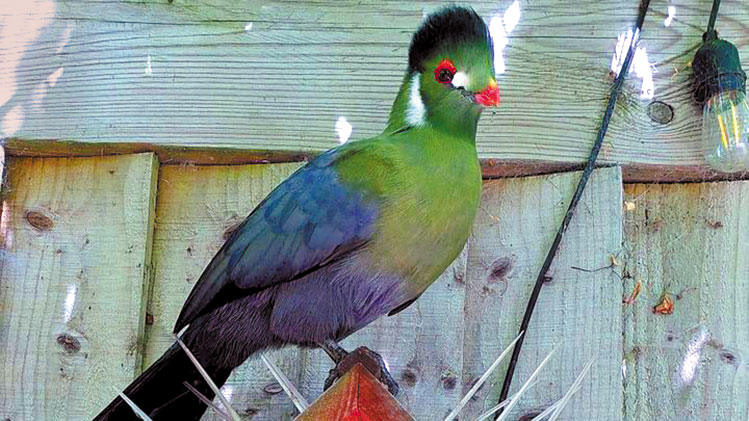Thomas Finnis died 140 years ago this month. He was the last Lord Mayor to have a procession on the Thames. Melissa Ford from the East of London Family History Society explains the Wanstead connection
Thomas Quested Finnis was born in 1801 in Hythe in Kent. He was baptised at the local church, St Leonards, on 12 February 1801. His parents were Robert and Elizabeth Finnis.
Aged 14, his father paid £150 for him to do a seven-year apprenticeship to James Smith, a bowyer (a master craftsman who made bows; once a widespread profession, the importance of bowyers was diminished by the introduction of gunpowder weaponry). In 1823, he was admitted to the freedom of the Bowyers Company and by September, he was given the Freedom of The City of London.
Thomas married Ann Lydia Ward on 28 March 1828 at St Matthews Church in Brixton. He then went on to become a partner in a firm of provision merchants, Finnis & Fisher.
Thomas had a grocers in Tower Street, City of London, and he saw the opportunity to expand the business and provide goods for voyages which were started from the nearby docks, such as marine soap, which works in seawater. He then went on to import tobacco from Mesopotamia in Iraq. This side of the business was managed by his nephews. Today, if you visit the British Museum, you can see a set of marbles which was sent to Thomas in 1851 from Nineveh (the capital of the Assyrian Empire) by his nephews. Due to the location of the business in the City, Thomas became very involved in civic life, and in 1833, he became a common councillor.
So, what is the connection with Wanstead? Well, in 1840, he purchased Park Gates. This property was on the corner of modern day Blake Hall Road and Overton Drive, the entrance to Wanstead House, which was only demolished 16 years before. Park Gates was in a prime location, a sprawling house with gardens big enough to accommodate a boating lake. The census shows Thomas and Ann had many servants, with, at one point, eight living in.
The couple didn’t have any children but were very supportive of his many nieces and nephews. They were also patrons of the Wanstead Infant Orphans Asylum. In 1848, Thomas became an alderman as well as a sheriff and a deputy governor of the Irish Society. It was in 1856 that he became Lord Mayor – this was the last year that the Lord Mayor parade was on the River Thames.
Ann died in November 1861 after a three-day illness. She was buried in the family vault in Hythe. Thomas died at Park Gates on 29 November 1883. He was buried in Hythe on 6 December 1883. He left everything to his nieces and nephews. Park Gates was demolished in 1925, but two impressive stone gateposts placed there in 1715 can still be seen on both sides of Overton Drive.
The local branch of the East of London Family History Society meets at Wanstead Library on the fourth Wednesday of the month from 7pm. Call 07762 514 238












